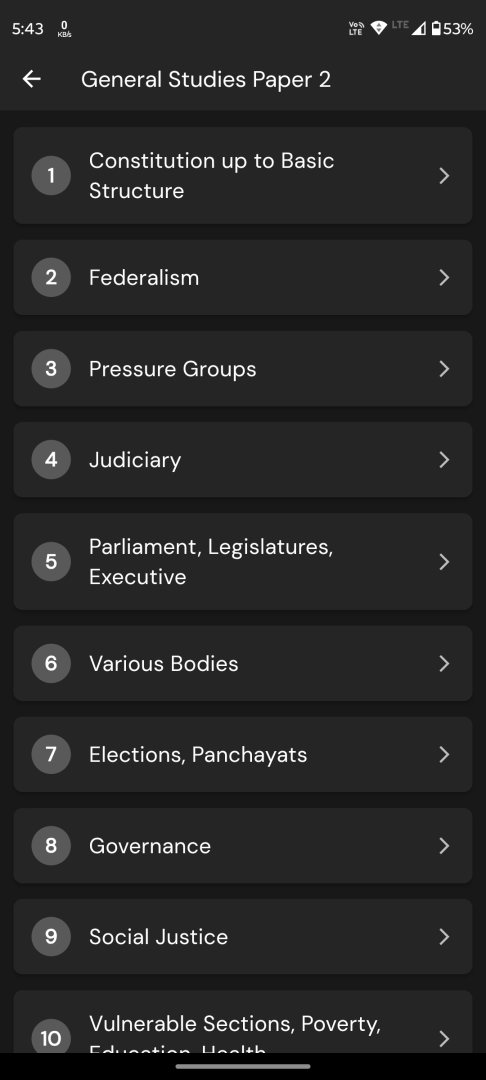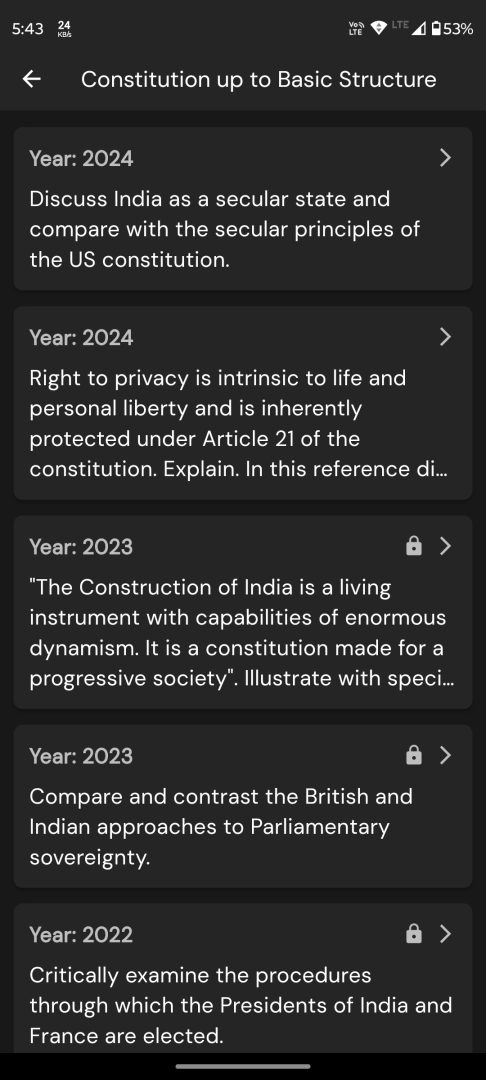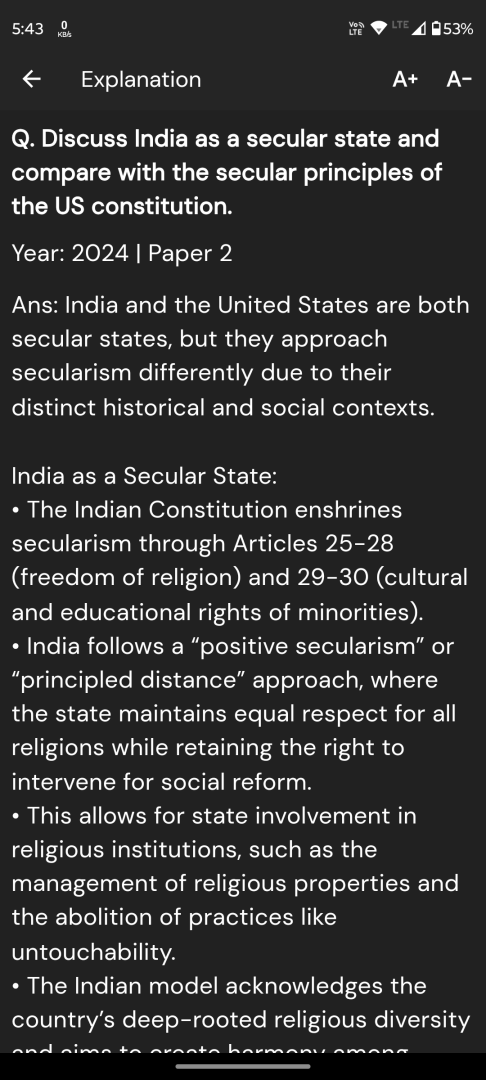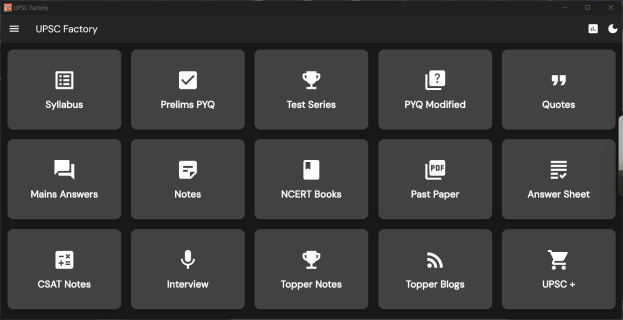Q. How can Artificial Intelligence (AI) and drones be effectively used along with GIS and RS techniques in locational and areal planning?
UPSC Mains 2025 GS1 Paper
Model Answer:
Integration of AI, Drones, GIS and RS in Locational and Areal Planning
The convergence of Artificial Intelligence, drones, Geographic Information Systems (GIS), and Remote Sensing (RS) technologies has revolutionized spatial planning. While locational planning focuses on optimal site selection for specific facilities, areal planning addresses broader regional development and land use management.
Technological Integration and Applications:
These technologies work synergistically – GIS provides spatial databases and mapping capabilities, RS offers satellite-based earth observation data, drones deliver high-resolution localized imagery, and AI processes this massive data for pattern recognition and predictive modeling.
In Locational Planning:
• Site Selection: AI algorithms analyze multiple GIS layers including topography, soil quality, accessibility, and demographics to identify optimal locations for schools, hospitals, and industries. For instance, Ayushman Bharat health center locations are selected using GIS-based accessibility analysis.
• Infrastructure Placement: Drone surveys combined with AI identify best alignments for linear infrastructure. The Mumbai-Nagpur Expressway route was optimized using such integrated analysis, minimizing environmental impact.
• Disaster Management: RS data with AI predicts vulnerable zones for positioning relief centers, like cyclone shelters in Odisha.
In Areal Planning:
• Urban Growth Monitoring: Time-series satellite imagery processed through AI detects unauthorized constructions and urban sprawl patterns. Delhi Development Authority uses this for encroachment detection.
• Land Use Classification: AI automatically classifies land parcels from drone/satellite imagery for zoning decisions, supporting master plan preparation (example: Amaravati capital planning).
• Resource Management: These technologies enable watershed delineation, forest cover assessment, and agricultural zone demarcation. The SVAMITVA scheme employs drones for village property mapping.
• Smart City Development: Real-time drone monitoring integrated with AI optimizes traffic management and utility planning in cities like Pune and Indore.
Key Benefits:
The integration ensures cost-effective surveying, data-driven objective decisions, real-time monitoring capability, and enhanced accuracy. PM Gati Shakti platform exemplifies this multi-modal connectivity planning approach.
Conclusion: This technological convergence enables evidence-based, efficient planning crucial for India’s sustainable urbanization and development goals.




